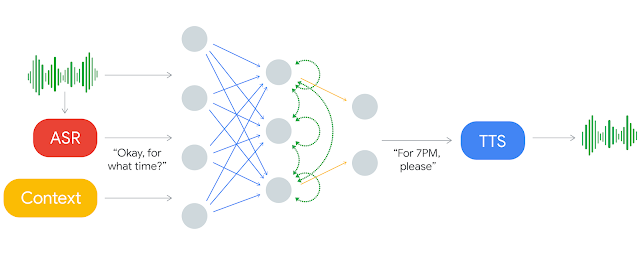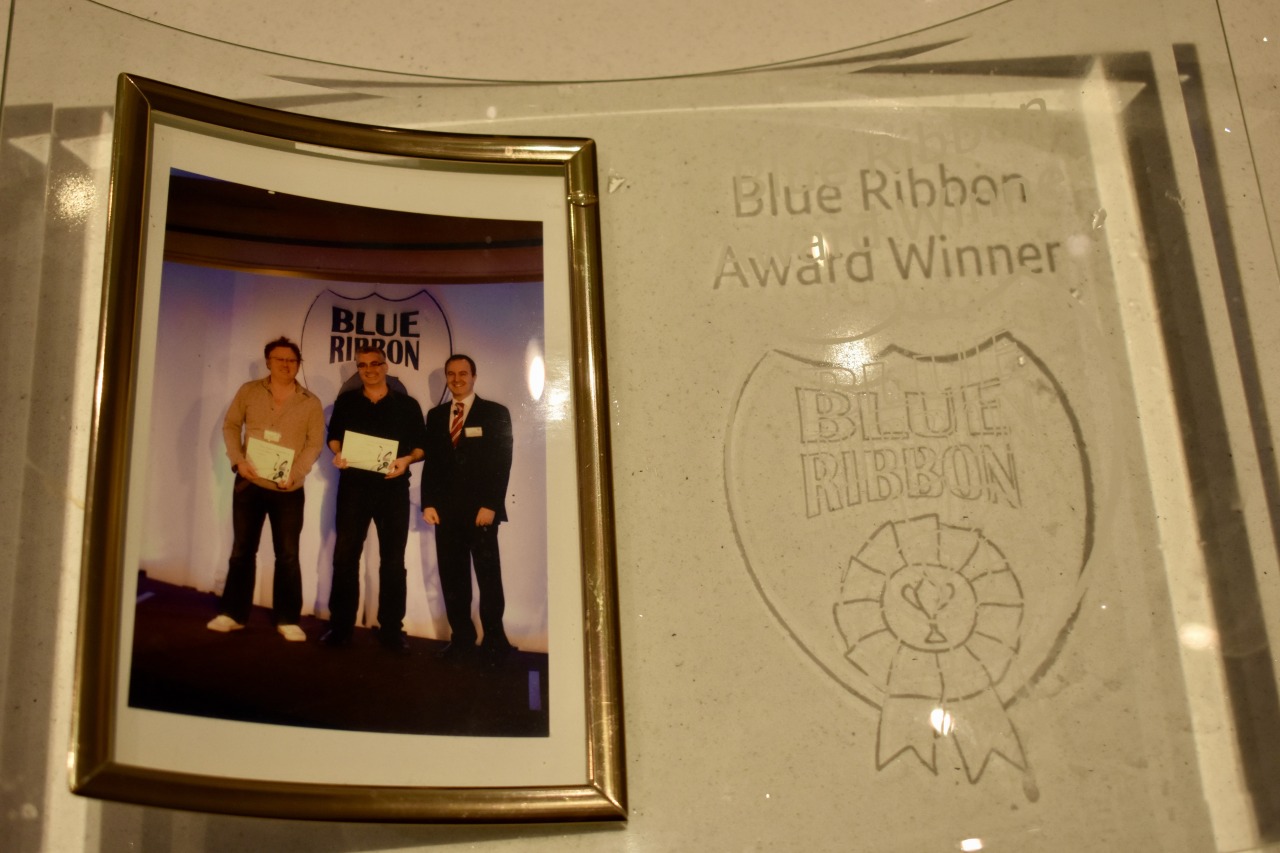Egg on face for Le Tour as Froome is cleared to ride.
ASO left with egg on faces but SKY still has plenty of unanswered questions.
Only a day after the Tour de France organisers blocked Chris Froome from starting the race on Saturday, cycling’s governing body, the UCI, has cleared him of wrongdoing relating to an adverse drugs test from last September’s Vuelta a España.
ASO, who organise the le Tour, used a little-known clause in their rules to block Froome on the basis that he would bring the race into disrepute. They were keen to avoid a rider from starting -and probably going on to win- the race who could potentially be banned due to the ongoing investigation.
Then, out of the blue, the UCI concluded their 9 month investigation into excessive levels of Salbutamol in Froome’s urine dating back to a single stage of the Vuelta last year. Froome went on to win the race. But that was not without controversy…
In the meantime, the Tour’s organisers look like they acted prematurely and possibly out of malice in blocking Froome and subsequently backing down.

On the day of the adverse drugs test, Froome had stormed the peleton to increase his grip on the race on a tough mountaintop finish to Santo Toribio de Liébana. The previous day he’d looked down and out, conceding 40 seconds to all his rivals and appearing to be dropped by his own teammates on the savage final climb.
There were many eyes raised at this startling recovery. The reason most often cited was the Froome had saved his legs on stage 17 in order to attack on stage 18; his rivals having done the opposite had committed a tactical error. For Froome’s critics, the adverse finding was yet more evidence of pushing into the grey areas of performance-enhancing use of therapeutic drugs.
The team SKY philosophy has always been to race clean one the one hand, but to use all legal mechanisms for marginal gains on the other. The theory being that totting up a large set of marginal gains adds up to genuine gains. There’s no denying that where SKY have led, others have followed. They were the first for example to recognise the value of a good night’s sleep for riders to such an extent that the riders mattresses, pillows and bedding traveled with the team. This is now commonplace across many competitive sports. Likewise basic hand hygiene. Many of these are borne from the team’s early beginnings in British track cycling.
But SKY have been noticeably shy -and indeed shifty- about use of medicines. In evidence to the House of Commons, director Dave Brailsford and team medics cited various excuses: medical confidentiality, loss of records and so on for being able to answer some sharp questions.
The questions for SKY and Froome himself can be boiled down to:
- How were all the issues with the Vuelta adverse finding resolved so quickly once Froome was blocked from starting le Tour?
- Why does the team recruit so many asthma sufferers?
- Why don’t the team doctors prescribe rest or conservative treatments rather than extremely high doses of medicines?
- Why does the team refuse to sign up to the MPCC-Mouvement pour un Cyclisme Crédible?
While these questions go unanswered or dodged there will be a nasty taste in the mouths of the cycling community. Something looks and smells very off about this.




